- Empty cart.
- Continue Shopping
Peanut Ball
- Each ball is separately tested for its non-bursting qualities and is manufactured using Professional quality non-toxic PVC material, free of BPA & heavy metals to ensure ultimate durability & safety.
- Our peanut ball offers greater stability by limiting movement to forward and backward, The Center cradle for maximum comfort and support
- The ball ships deflated but is easily inflated with any hand pump or electric pump.
How to choose the size of a yoga ball?
Choosing the right size of a yoga ball (also known as an exercise ball or stability ball) is crucial to ensure proper alignment, comfort, and effectiveness during exercises. Here’s how to determine the appropriate size:
- Height Guidelines: Most yoga ball manufacturers provide height guidelines to help you select the correct size. Typically, these guidelines suggest the following:
- If you are under 5 feet tall, choose a ball with a diameter of 45 centimeters (18 inches).
- If you are between 5 feet and 5 feet 7 inches tall, opt for a ball with a diameter of 55 centimeters (22 inches).
- If you are between 5 feet 8 inches and 6 feet 2 inches tall, select a ball with a diameter of 65 centimeters (26 inches).
- If you are over 6 feet 2 inches tall, go for a ball with a diameter of 75 centimeters (30 inches).
- Sit Test: Another method to determine the correct size is to perform a sit test. Sit on the yoga ball with your feet flat on the floor and knees bent at a 90-degree angle. Your thighs should be parallel to the floor, and your hips should be slightly higher than your knees. If your hips are higher than your knees, the ball may be too small. If your thighs slope downward, the ball may be too large.
- Stability: The right-size yoga ball should provide stability while allowing you to maintain proper posture during exercises. If the ball feels too wobbly or unstable, it may be too small. Conversely, if you struggle to balance or feel cramped, it may be too large.
- Personal Preference: Consider your comfort and personal preferences. Some individuals prefer a slightly larger or smaller ball based on their body type, flexibility, and intended use. Experiment with different sizes to find the one that feels most comfortable and supportive for your needs.
- Weight Capacity: Ensure that the yoga ball’s weight capacity accommodates your body weight and any additional weight from exercises or equipment.
Can pregnant women use peanut balls?
Peanut balls can be used by pregnant women, especially during labor and delivery. Peanut balls are elongated, peanut-shaped exercise balls commonly used during childbirth. It helps open the pelvis and facilitates the birthing process. They are placed between the legs of women lying on their sides to provide support and promote optimal positioning of the pelvis and baby.
Here are some potential benefits of using peanut balls during labor and delivery:
Pelvic Alignment: Peanut balls can help align the pelvis, which may aid the baby’s descent through the birth canal.
Comfort and Relaxation: Using a peanut ball between the legs can provide extra support and comfort to pregnant women during labor, especially when lying on their side.
Pain relief: Peanut balls may help relieve pressure on your back and pelvis, reducing discomfort during contractions.
Progression of labor: Some studies suggest that using peanut balls during labor may help shorten the duration of labor. And it can reduce the need for medical interventions such as epidurals or C-sections.
Optimal fetal position: Peanut balls may help reduce the likelihood of the baby being malpositioned, such as posterior or breech.
However, pregnant women need to talk to their healthcare provider or midwife before using peanut balls during labor. Individual situations and medical conditions may vary. In addition, a health care professional or childbirth educator should provide appropriate guidance on how to use peanut balls safely and effectively.

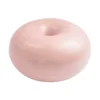

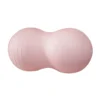

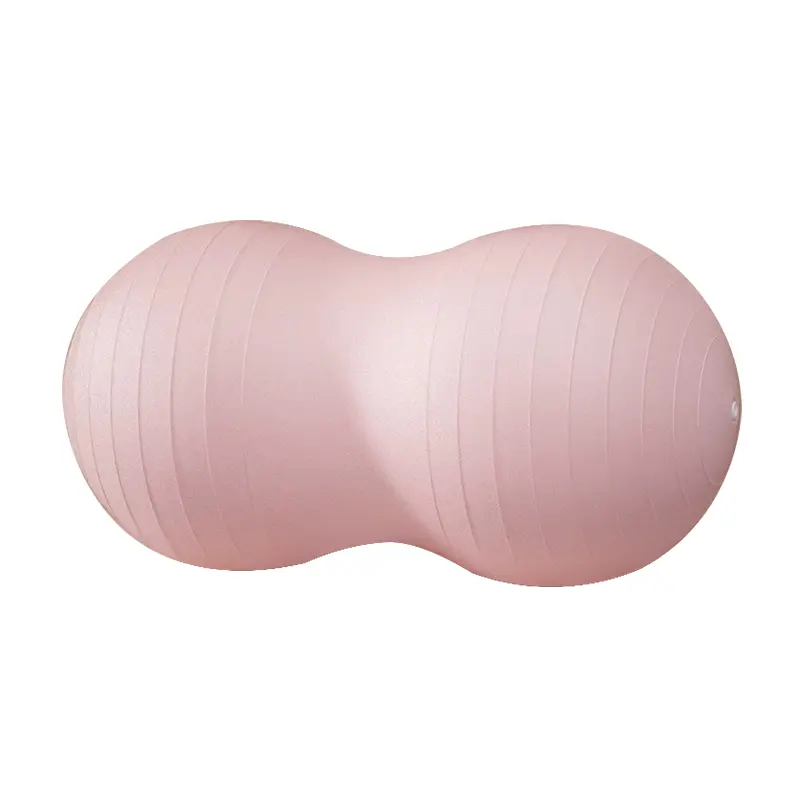

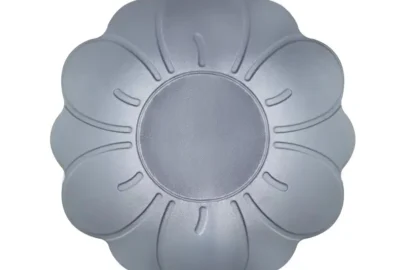
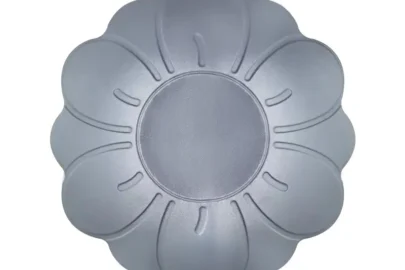




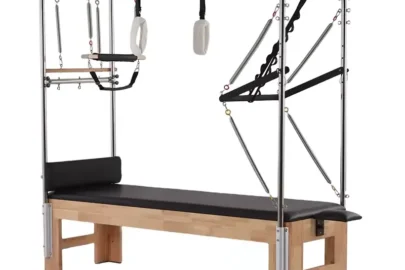

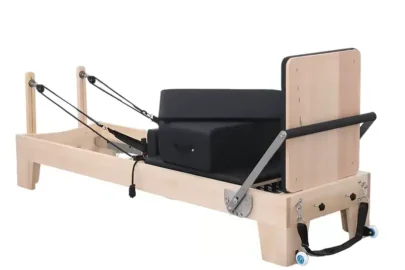

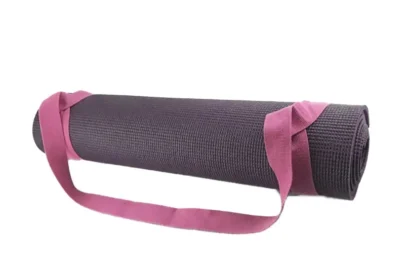

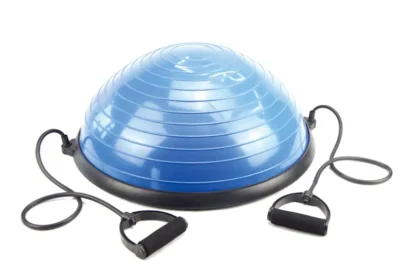

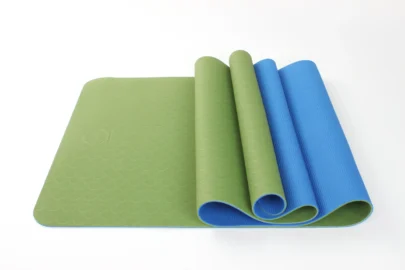
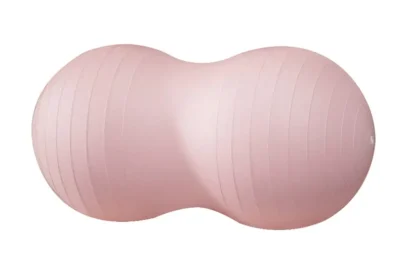
Reviews
There are no reviews yet.